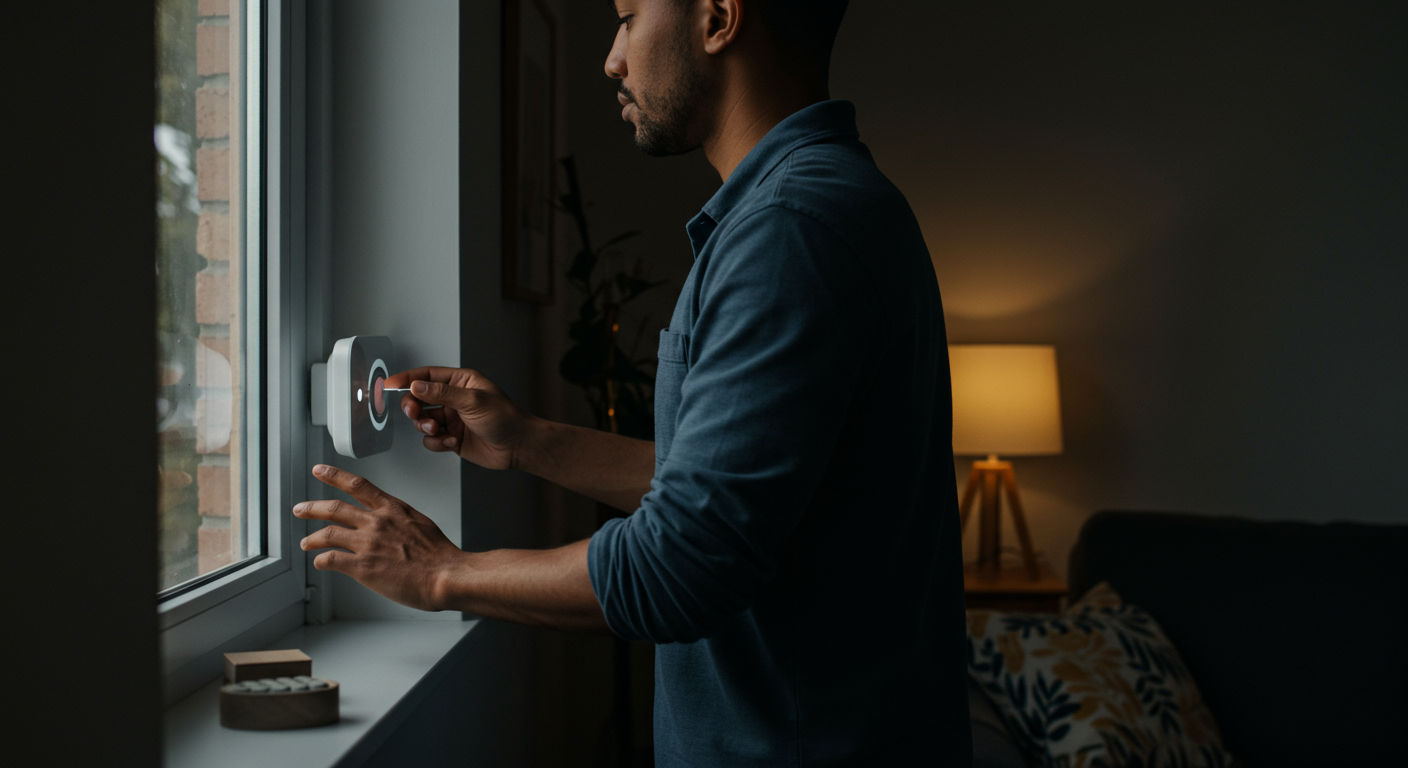Are you an eco-conscious consumer looking to make your home more sustainable and reduce your environmental footprint? Embracing smart home technology offers a fantastic opportunity to do just that. By integrating energy-efficient gadgets and systems, you can not only lower your energy bills but also contribute to a greener planet. This guide dives into the world of eco-friendly smart home solutions, providing actionable insights and practical tips to transform your living space into an efficient, sustainable haven.

Why Your Home Matters for Sustainability
Your home is a significant consumer of energy and resources. From lighting and heating to appliances and electronics, every aspect of your home contributes to its overall environmental impact. By adopting smart home technologies, you can gain greater control over your energy usage and make informed decisions that reduce waste and promote conservation. This not only benefits the environment but also offers considerable financial savings over time.
Essential Energy-Saving Hacks
Smart Thermostats
One of the most impactful upgrades you can make is installing a smart thermostat. These devices learn your heating and cooling preferences, automatically adjusting temperatures to optimize energy use. They can be controlled remotely via your smartphone, allowing you to adjust settings on the go and ensure energy isn't wasted when you're away. Popular options include:
Nest Learning Thermostat: Known for its sleek design and ability to learn your schedule, reducing energy consumption by up to 15%.
Ecobee SmartThermostat: Features include remote sensors to ensure consistent temperatures throughout your home and can integrate with other smart home devices.
Smart Lighting
Switching to smart lighting, particularly LED smart bulbs, is another simple yet effective way to save energy. LED bulbs use up to 75% less energy than traditional incandescent bulbs and last much longer. Smart bulbs can be controlled via voice commands or apps, allowing you to schedule lighting, adjust brightness, and even change colors to suit your mood.
- Philips Hue: Offers a wide range of smart lighting options, including bulbs, light strips, and outdoor lighting. They are known for their versatility and seamless integration with other smart home ecosystems.
Energy Monitoring Systems
To truly understand your energy consumption, consider investing in a smart energy monitoring system. These devices track your energy usage in real-time, providing detailed insights into which appliances are consuming the most power. This information empowers you to make informed decisions about your energy habits and identify areas for improvement.
- Sense Home Energy Monitor: Uses advanced sensors to identify appliances and provide detailed energy usage data. This helps pinpoint energy waste and optimize your home's efficiency.
Smart Home Tech for Sustainability
Smart Plugs
Smart plugs are a simple way to make your existing appliances smarter. By plugging devices into smart plugs, you can remotely turn them on or off, set schedules, and monitor energy consumption. This is particularly useful for appliances that consume a lot of standby power.
Smart Blinds and Shades
Automated blinds and shades can help regulate your home's temperature, reducing the need for heating and cooling. They can be programmed to open and close based on the time of day or the position of the sun, optimizing natural light and minimizing energy use.
DIY Home Green Upgrades
Smart Irrigation Systems
For those with yards, a smart irrigation system can significantly reduce water waste. These systems adjust watering schedules based on weather conditions, soil moisture, and plant needs, ensuring your lawn and garden receive the right amount of water while conserving this precious resource.
Reducing Your Home's Carbon Footprint
By implementing these smart home technologies, you can take significant steps towards reducing your home's carbon footprint. Smart devices help you use energy more efficiently, which means less reliance on fossil fuels and a smaller impact on the environment.
Building a Truly Green Home
Integrating smart home technology is just one part of creating a truly green home. Combine these smart upgrades with other eco-friendly practices, such as using sustainable materials, reducing waste, and conserving water, to maximize your positive impact. These changes collectively can create a healthier and more sustainable living environment, benefiting both you and the planet. [[COMMERCIAL_1]]
Making Informed Choices for a Greener Future
Choosing eco-friendly smart home technology is an investment in a sustainable future. It’s a win-win: you reduce your environmental impact while also saving money on utility bills. Remember to research different products, compare features, and read reviews before making a purchase. Consider energy efficiency ratings, smart home compatibility, and any additional features that align with your lifestyle and needs.
Budget-Friendly Sustainable Options
Smart Power Strips: These devices can automatically cut power to devices when they are not in use, eliminating phantom energy drain.
LED Bulbs: Replace traditional bulbs with energy-efficient LED alternatives. They have a longer lifespan and consume significantly less energy.
Smart Thermostat: A smart thermostat can learn your habits and adjust temperatures accordingly, saving you money.